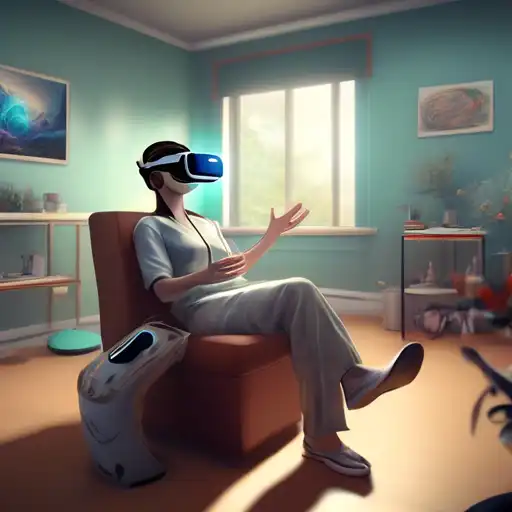The Transformative Role of Virtual Reality in Therapeutic Practices
Virtual Reality (VR) technology has transcended its initial entertainment-centric applications to become a groundbreaking tool in the field of therapy. By creating immersive, controlled environments, VR offers unique opportunities for treating a variety of psychological and physical conditions. This article explores the innovative ways VR is being utilized in therapeutic settings, highlighting its benefits and potential for future applications.
Understanding VR Therapy
VR therapy involves the use of virtual reality technology to simulate environments where patients can confront and work through their issues under the guidance of a therapist. This method has shown remarkable success in treating conditions such as PTSD, anxiety disorders, and phobias by allowing patients to face their fears in a safe, controlled setting.
Key Applications of VR in Therapy
- Exposure Therapy: VR is particularly effective in exposure therapy, helping patients gradually confront their fears without the risks associated with real-life exposure.
- Pain Management: Studies have demonstrated that VR can significantly reduce pain perception during medical procedures by distracting the patient with immersive experiences.
- Rehabilitation: VR aids in physical rehabilitation by motivating patients through gamified exercises that improve motor skills and coordination.
- Social Skills Training: Individuals with autism or social anxiety can benefit from VR scenarios designed to practice and enhance social interactions.
The Benefits of VR Therapy
VR therapy offers several advantages over traditional methods, including accessibility, customization, and the ability to simulate scenarios that would be difficult or impossible to recreate in real life. Furthermore, it provides therapists with valuable data on patient progress through real-time feedback and analytics.
Challenges and Considerations
Despite its potential, VR therapy faces challenges such as high costs, the need for specialized equipment, and concerns about patient privacy and data security. However, as technology advances and becomes more affordable, these barriers are expected to diminish.
Future Directions
The future of VR in therapy looks promising, with ongoing research exploring its use in treating a broader range of conditions, including depression and schizophrenia. Innovations in AI and machine learning could further enhance the personalization and effectiveness of VR therapeutic interventions.
As we continue to uncover the vast potential of virtual reality in therapy, it's clear that this technology is set to revolutionize the way we approach mental and physical health treatment. For more insights into the latest advancements in therapeutic technologies, explore our technology section.
